5903 Dubois Street
Sinclair Station
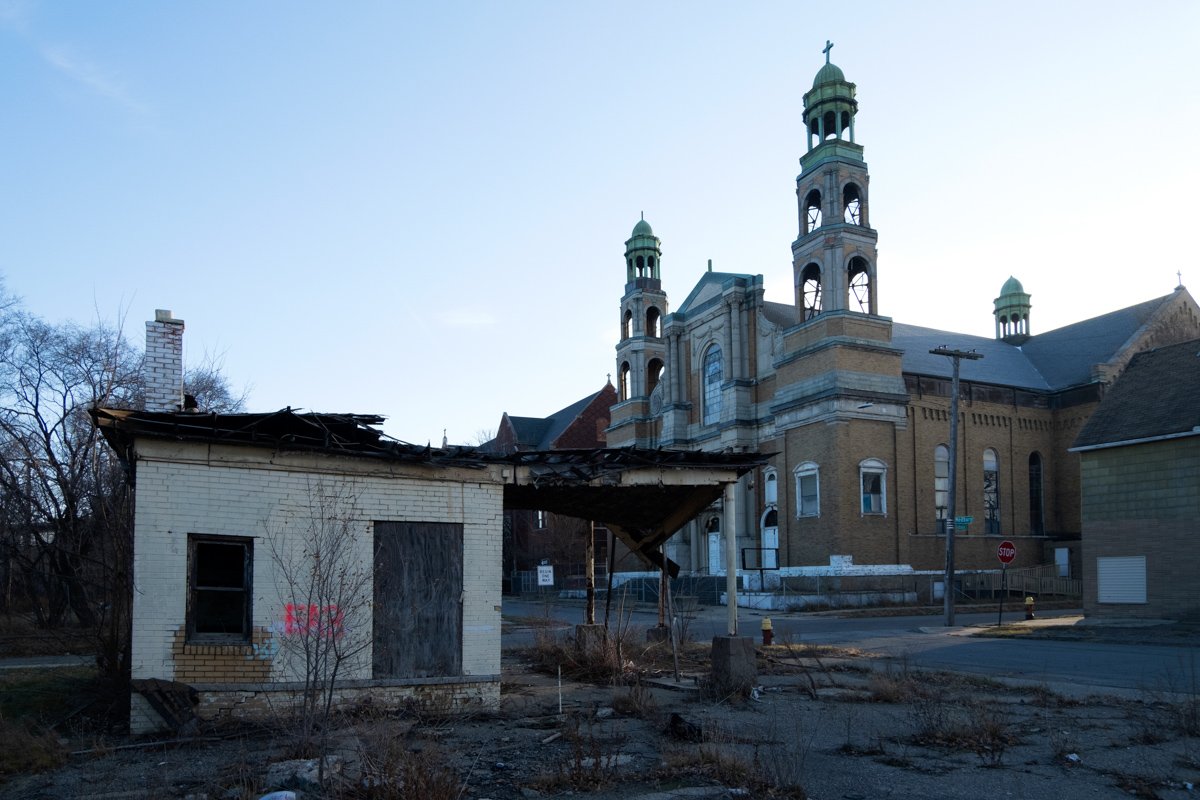

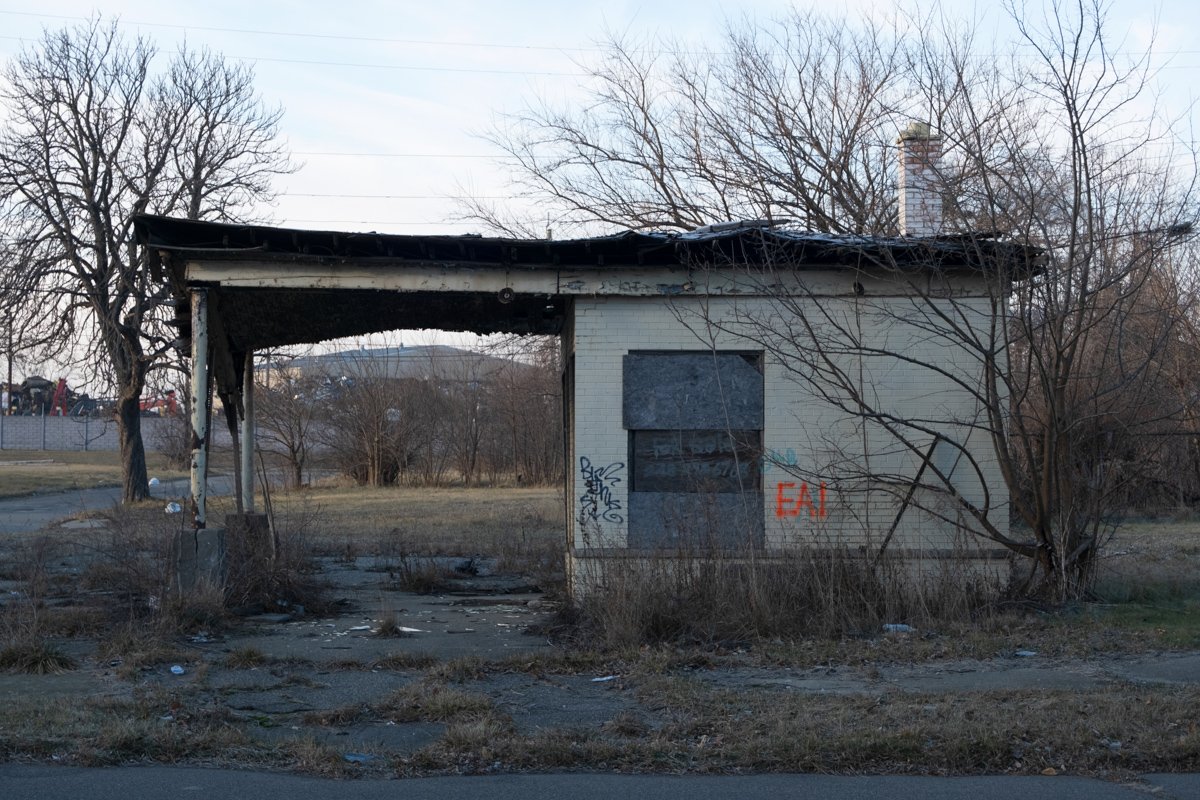
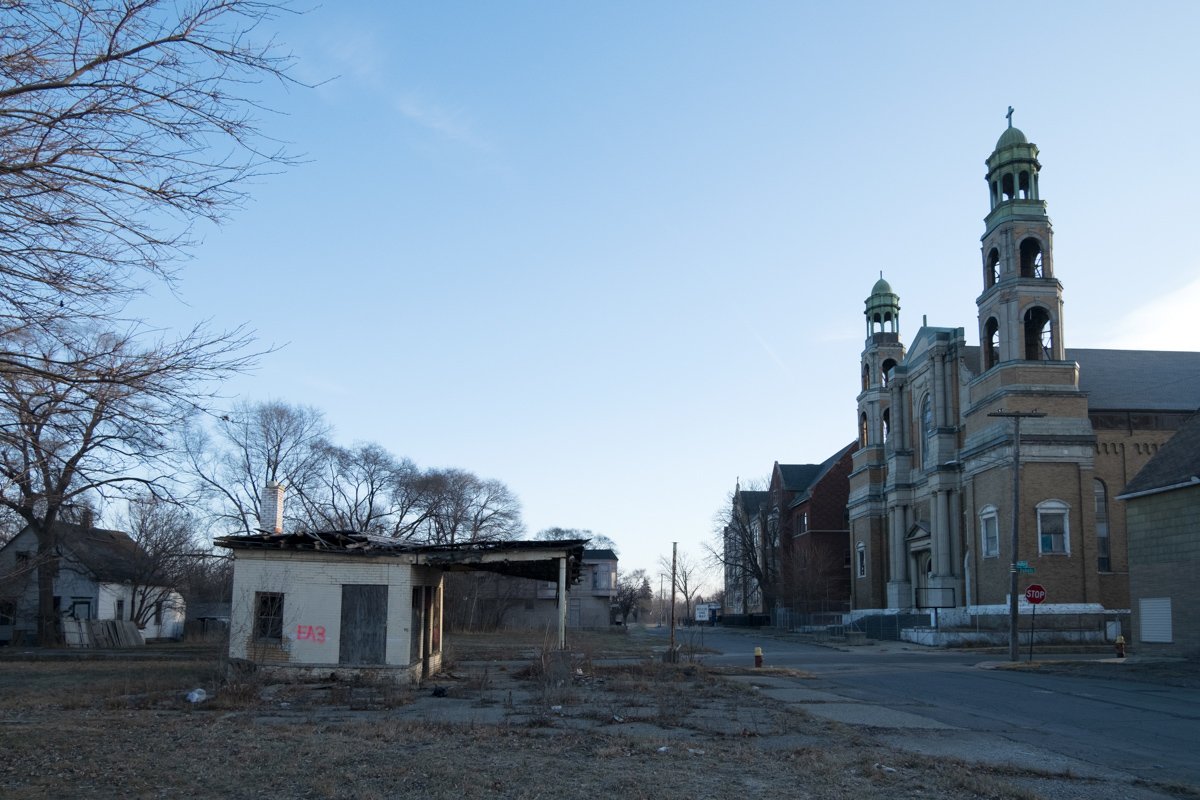
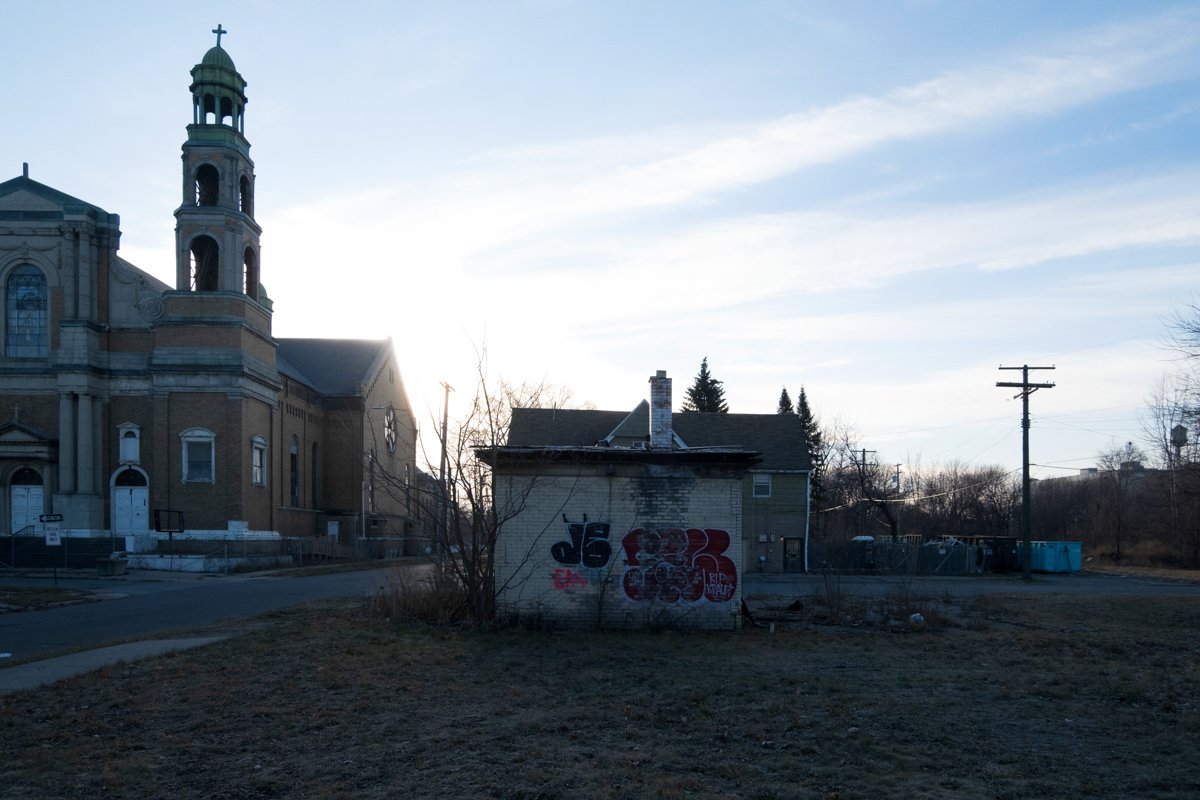
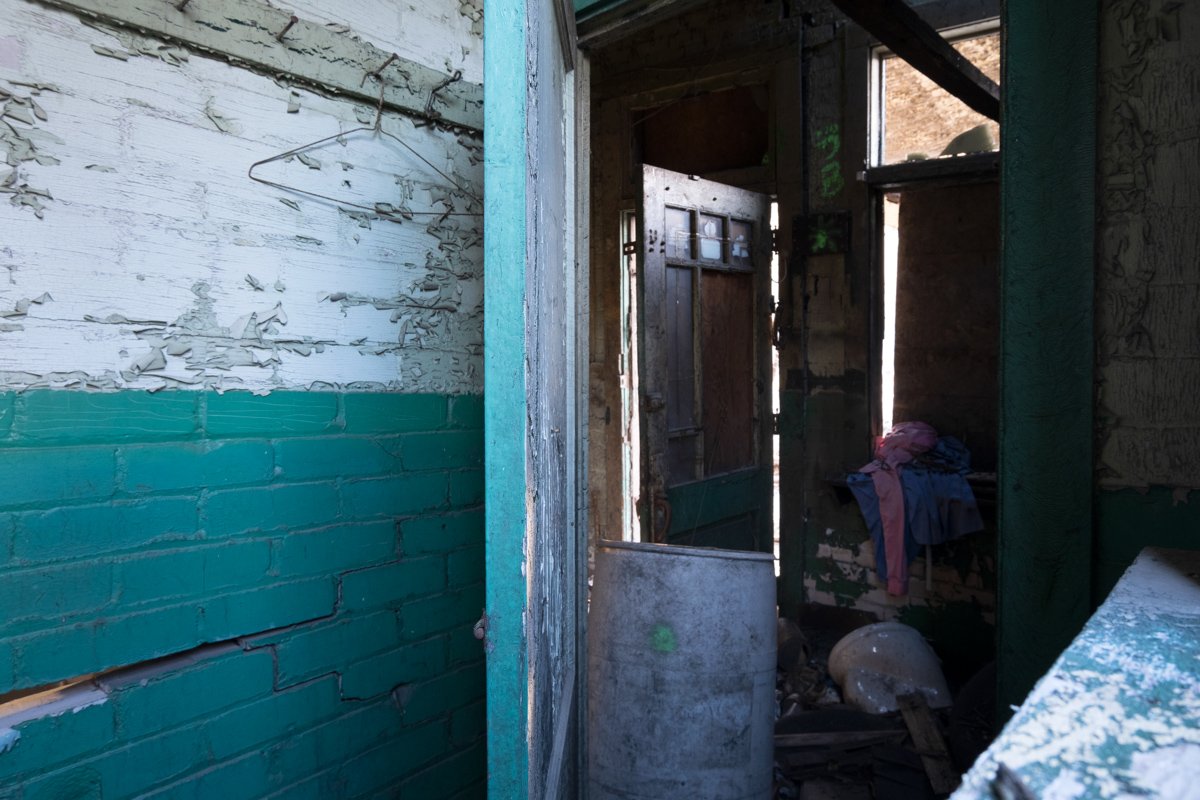
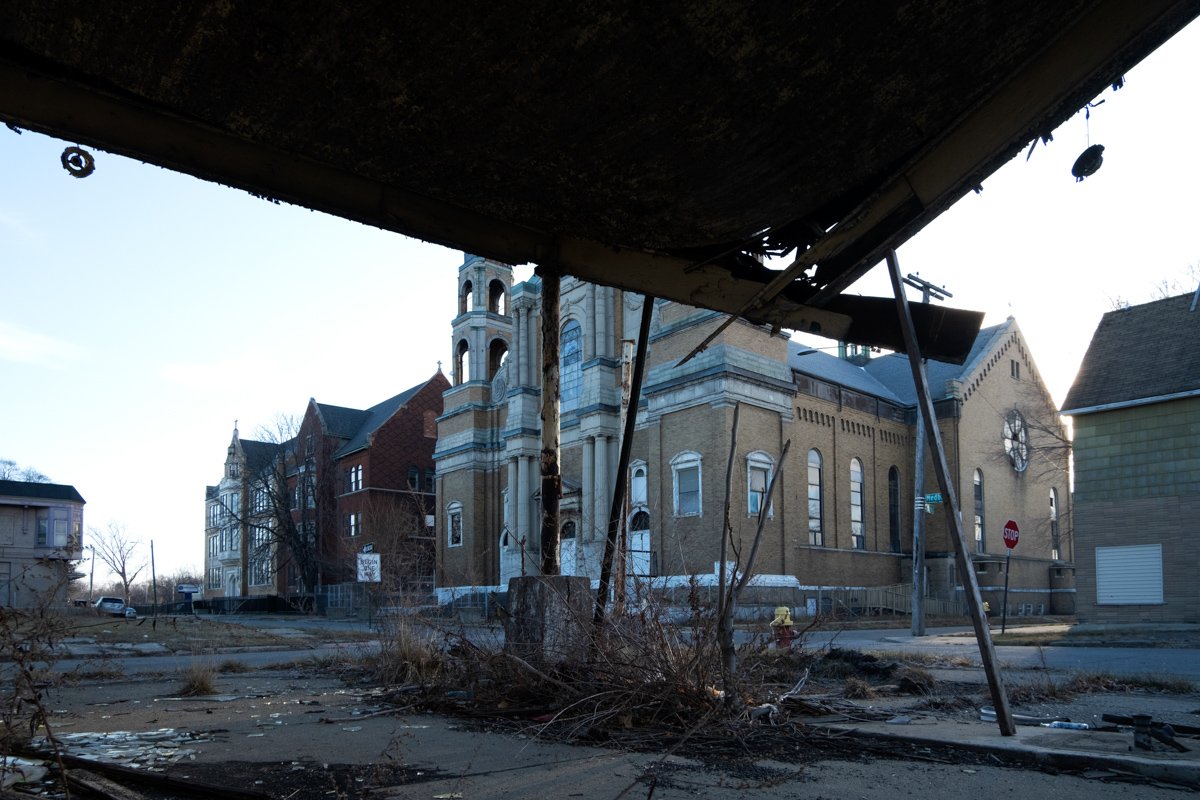
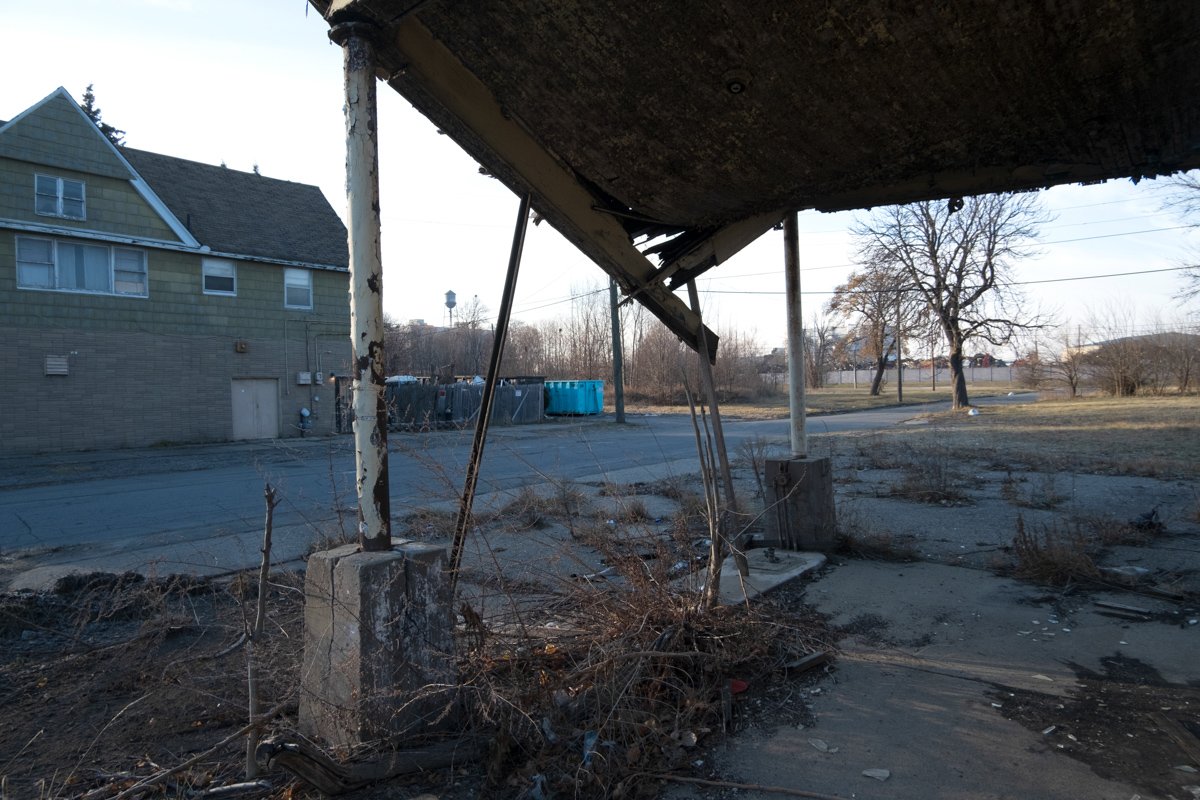
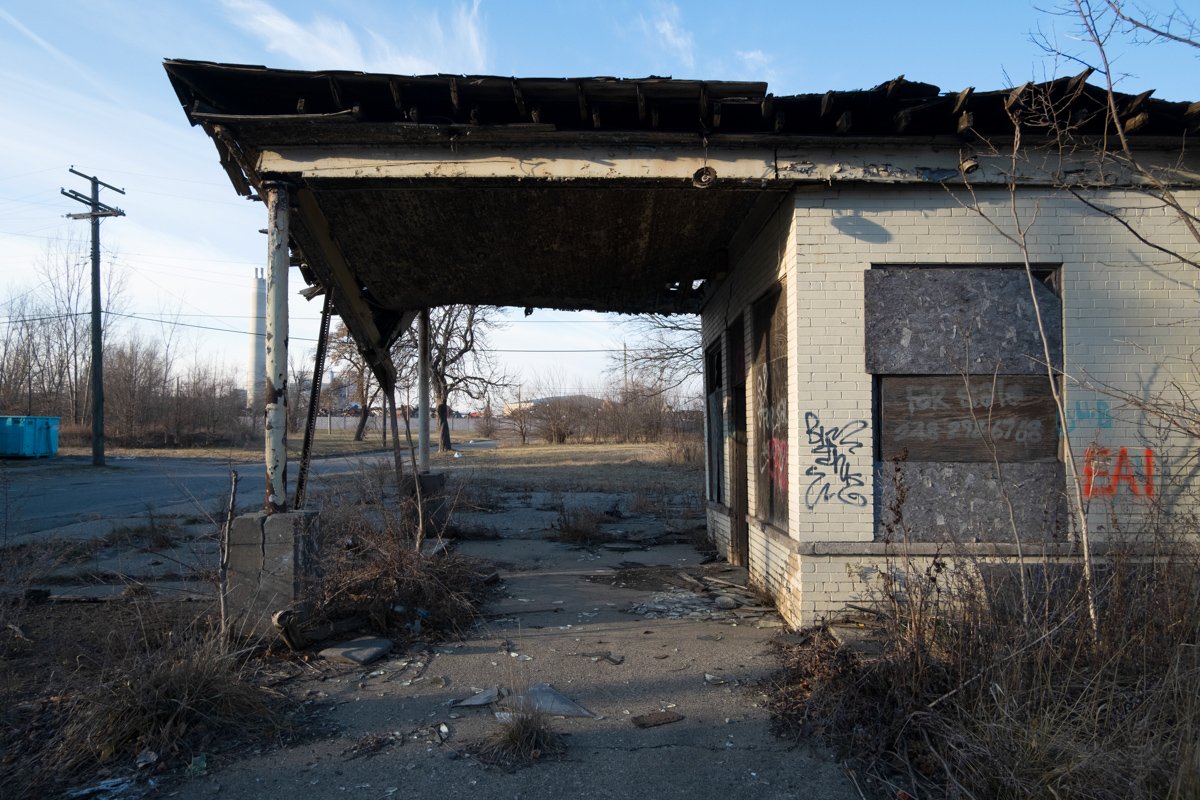
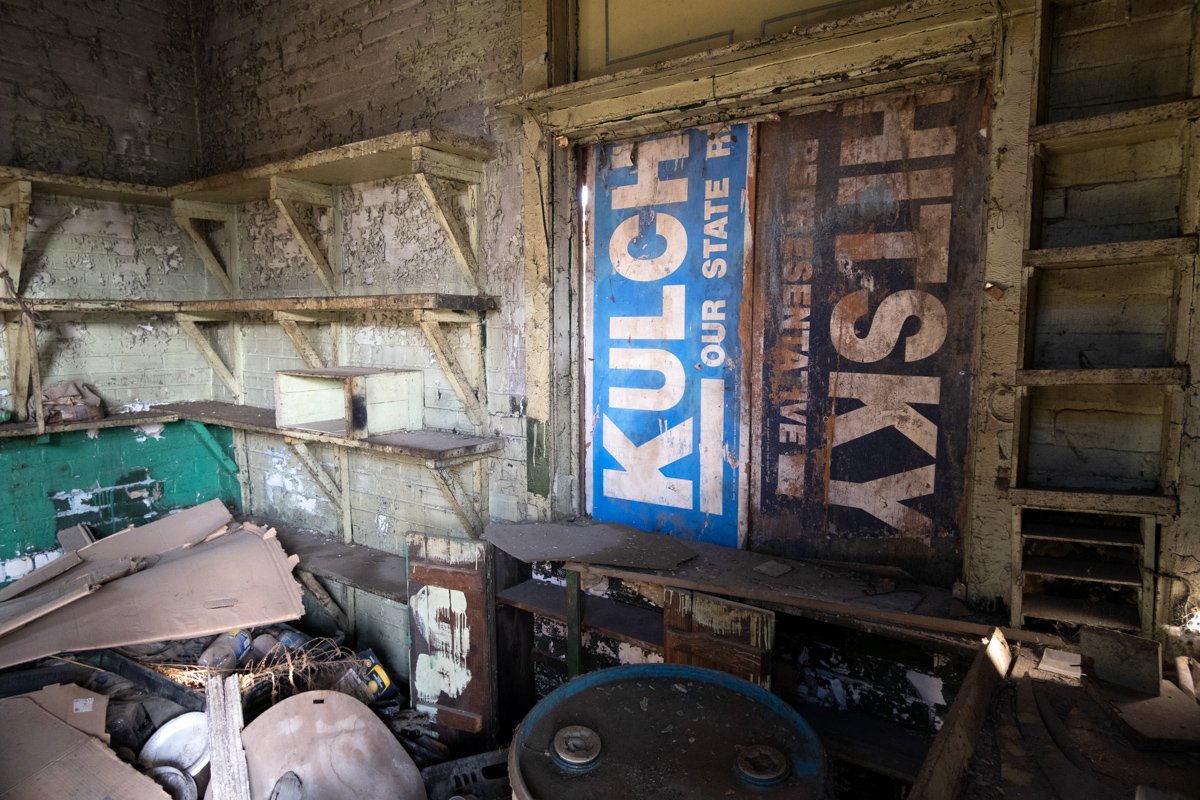

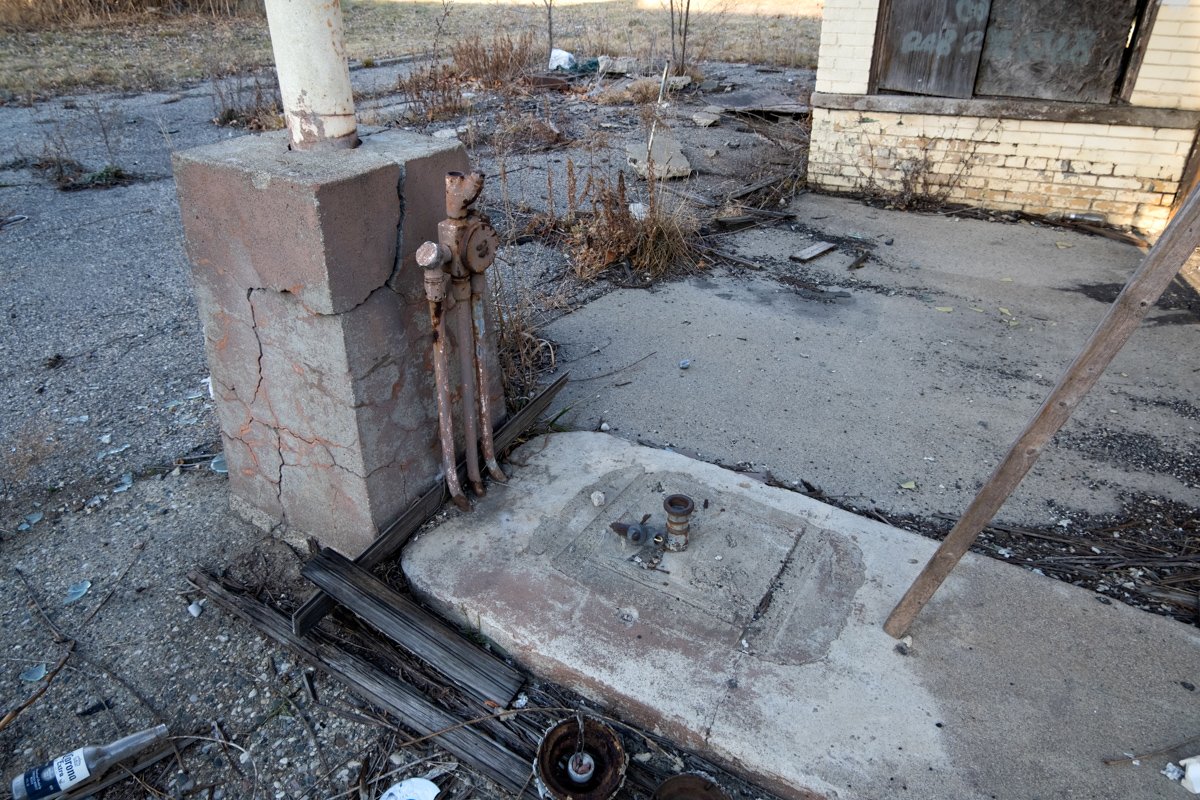
When I was younger and much more ambitious, I wanted to buy this service station and use it for an art project. It’s probably for the best that it didn’t work out, but whenever I pass by, I wonder what might be different if I had tried harder. Before I dive into that, let’s chat about its history.
5903 Dubois Street was built in the 1920s. I’m not sure what the original service station was, but it eventually became a Sinclair Station.
The location was always mind-boggling to me. It sits kiddy corner of St. Stanislaus Bishop and Martyr Roman Catholic Church, a parish of cathedral-like proportions. The church was completed in 1913, well before the modern service station. At the time, East Poletown was a bustling community. What urban planners decided a service station was the best use for a corner lot across from one of the most magnificent churches Detroit had to offer?
Regardless of why it was there—I can imagine business was only okay on Sunday after mass, as many churchgoers lived close enough to walk in the 1920s. As time passed, East Poletown bled residents, and cars became affordable; more folks probably drove to church. Many still attended after leaving the neighborhood, and records show the station was open at least through the 1960s, but I’d imagine it lasted much longer.
The interior of the station today is rugged. The carport section began collapsing earlier this year, but the bones of the brick portion are relatively intact. The interior has been scrapped of its valuables—the door was broken open, and the westerly window smashed to bits. The other window is still covered with an old political sign. I looked up the name, and I believe it’s a sign for D. Roman Kulchitsky of Warren. I didn’t find much information about Kulchitsky, but the man he replaced had quite a story.
Dennis Dutko was a member of the Michigan House from 1974 until his resignation in 1989. He was convicted of four DUIs while in office, leading to him leaving his position in government. He would later be arrested in Tennessee for drug-related crimes and committed suicide a few days later. After his resignation, Kulchitsky took over.
The intersection of Dubois and Medbury looks very different than it did when the service station was built. Not only could you get gas at the corner, but St. Stanislaus was still open, and the homes nearby were undoubtedly lived in. The house behind the station burnt down in 2014 or 2015, taking a neighboring structure with it. Both buildings literally burnt to the ground, and although there was a mere arm’s length between the station and the burning home, this structure survived without damage.
The home across the street is used for some construction or industrial purposes. I’m not sure if someone lives there, too, but there’s daily activity in the backyard. The other corner is a handful of vacant lots. St. Stanislaus left in 1989, and the last parish vacated the church in 2013.
Around 2017, I spent a lot of my time in East Poletown taking photographs. I was first enamored with Max’s Jewelry Store, but I quickly explored more of the neighborhood. I’m not sure why, but this service station was terribly important to me. I drove by it every chance I could, even going as far as calling the number written on the exterior to find out more information about it, to no avail.
I wanted to stabilize the property and turn it into a mini-art gallery. I know what you might think—EHerg, this place is tiny! But yeah, that was the point. You’d be right on top of the artwork in an intimate setting. The little wall space available would be covered with a rotation of photography and other local art—always free for all to experience. In warmer months, art installations would be fabricated on the grounds outside.
There was no money to be made, but I was passionate about sharing art and thought it made sense. It didn’t—I didn’t have enough money for gas, let alone to buy, stabilize, and operate a historic service station. But still, it was fun to dream.
Today, the parcel is up for sale again. It’s currently listed at $14,799. The listing states that the “building is not safe, do not enter. Value is in the land.” I understand that this is true in a business sense, but from a historical perspective, that’s a hard statement to swallow. There aren’t many of these old service stations left, and we lose a piece of history with every demolition.
After all, what could you even put there if you demolished it, an art gallery?
Have a great day!
